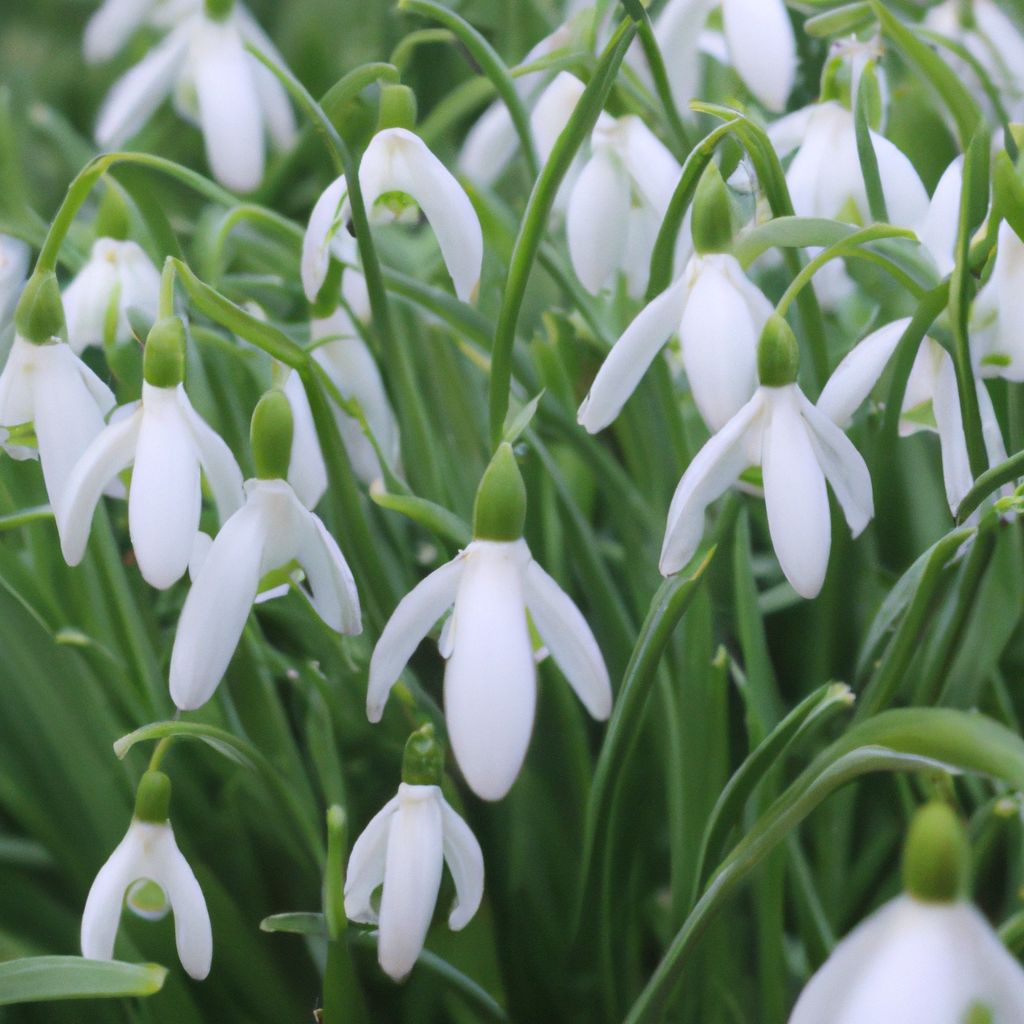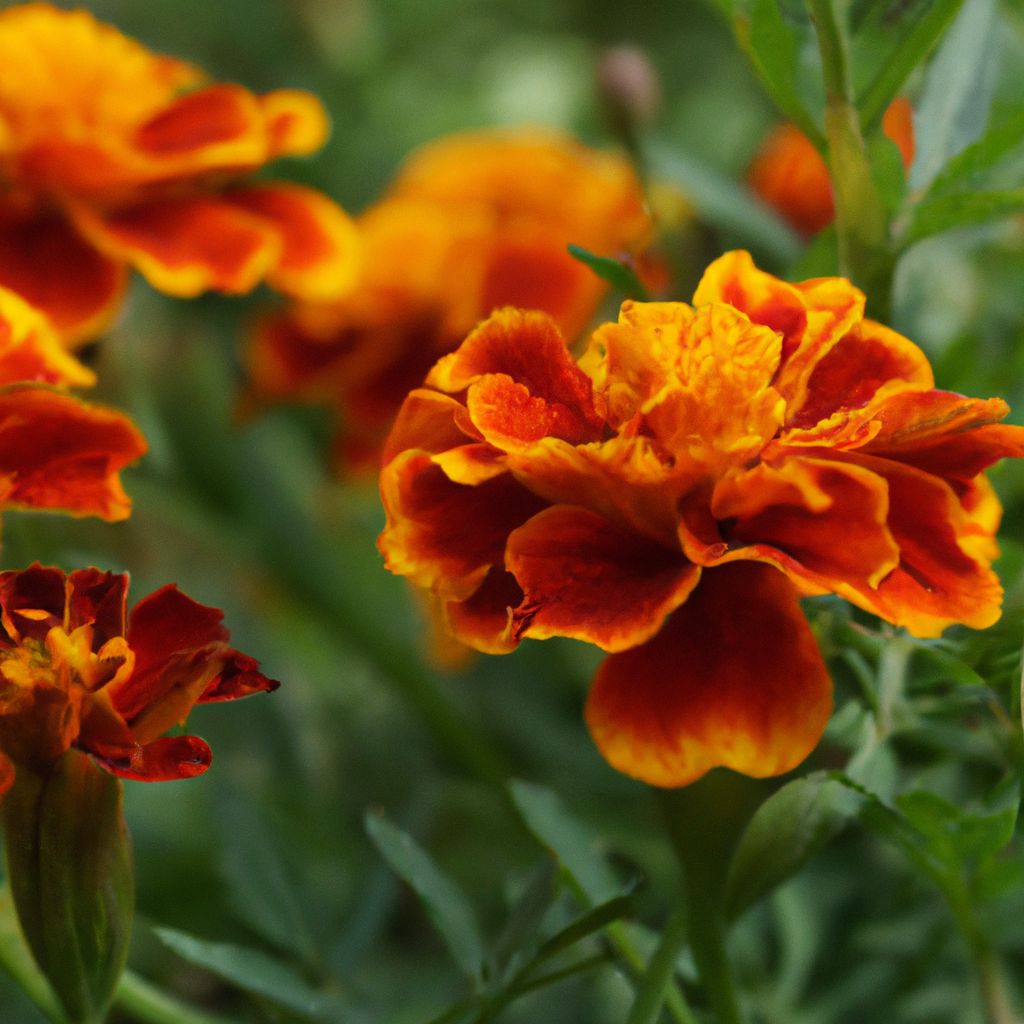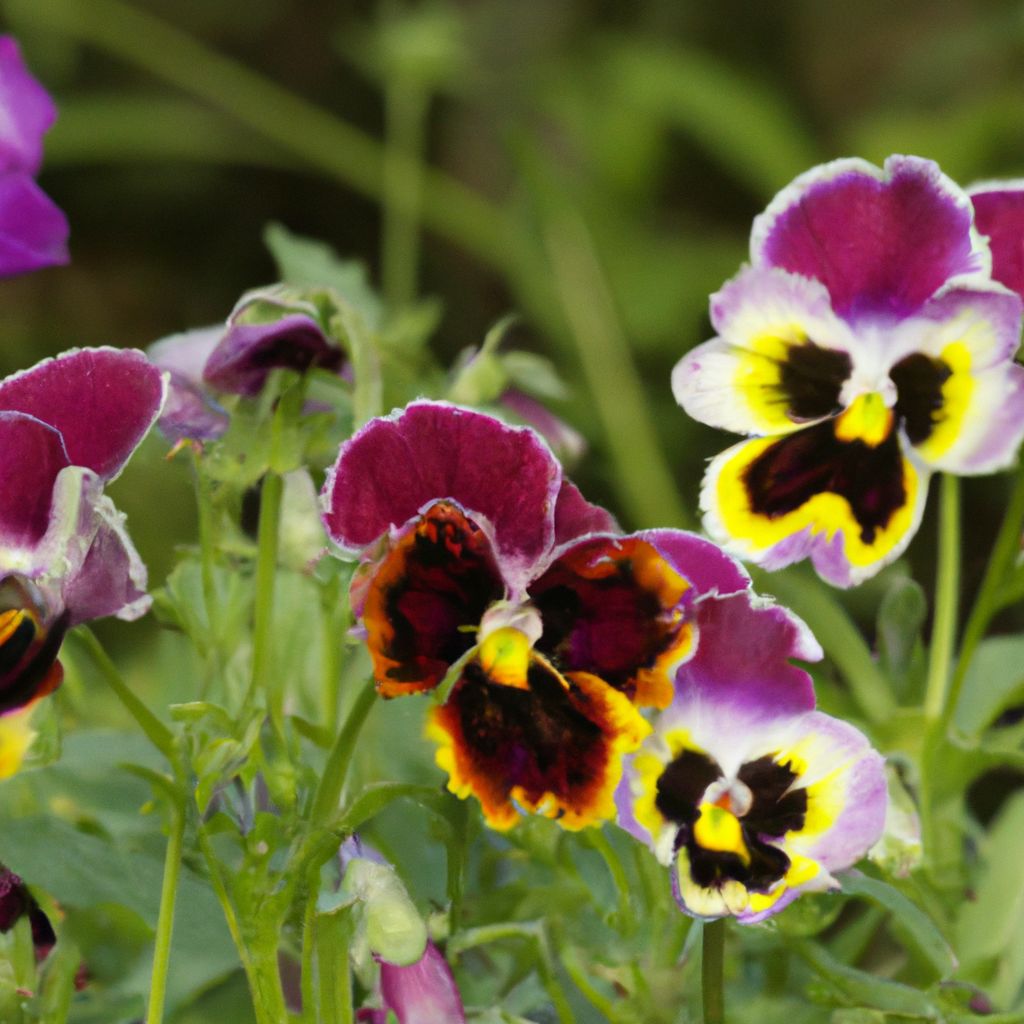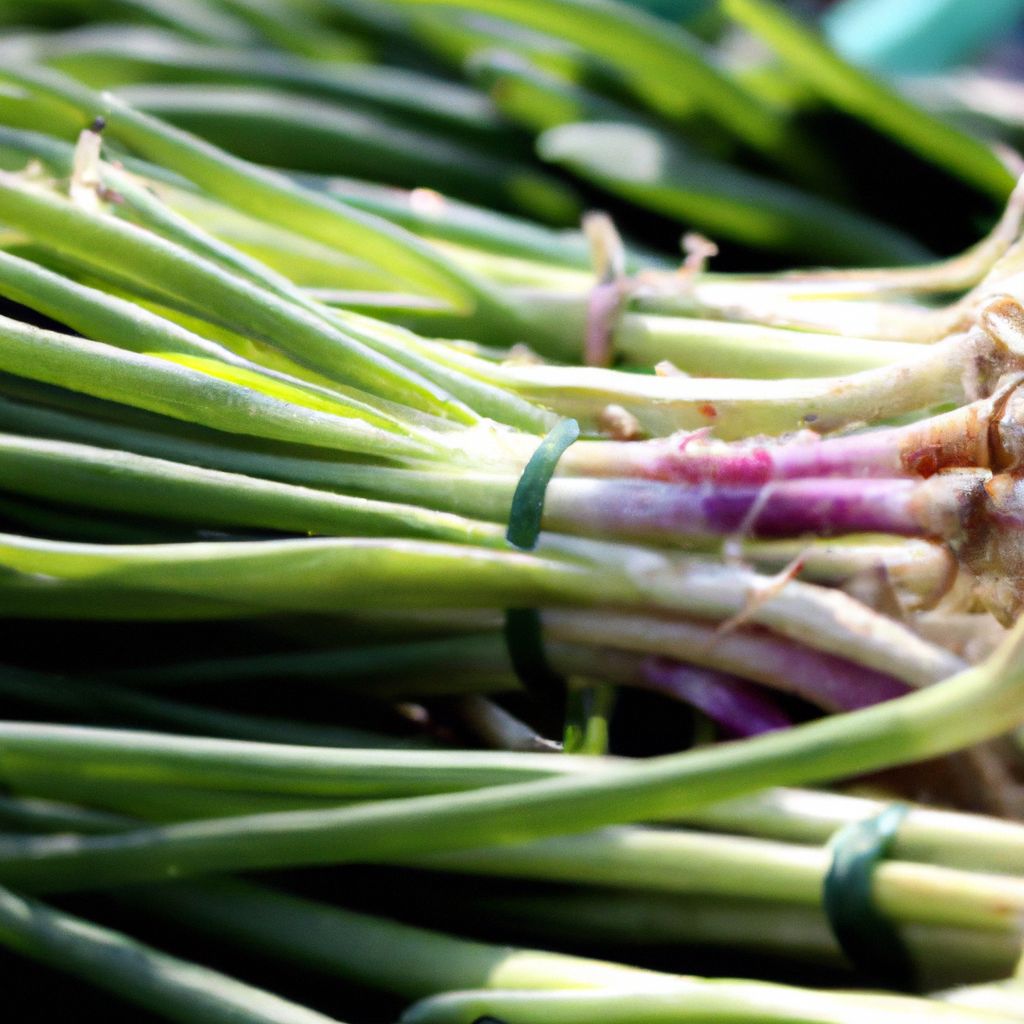Snowdrops are a beloved sight in late winter, often pushing up through frost and snow to bloom as early as January. These small bulbs produce nodding white blossoms on short stems, providing a welcome sign that the end of winter is near. With proper snowdrops planting care, you can enjoy snowdrops for many years as a symbol of hope and renewal in your garden.
Choosing the Right Spot for Snowdrops
Selecting the optimal site for planting snowdrops is crucial to their health and performance. Consider the following factors when deciding on a location:
- Sunlight: Snowdrops thrive with morning sunlight followed by light afternoon shade. Avoid areas with full sun all day.
- Soil: Snowdrops prefer moist, fertile soil that drains well. Ideal pH is slightly acidic, between 6.0-7.0.
- Drainage: Excellent drainage is essential to prevent bulb rot. Choose a sloped spot or amend soil with compost.
- Exposure: Shelter snowdrops from harsh winds but allow good airflow to discourage fungal diseases.
- Companion plants: Combine snowdrops with other early spring bulbs like crocuses, winter aconite or miniature irises.
Prepare the planting bed by removing weeds, debris and rocks. Test and amend the soil by mixing in compost or other organic material to improve drainage and nutrients. Space bulbs in groups of at least 3 for best display. Apply a balanced organic fertilizer before planting.

Planting Snowdrop Bulbs
Snowdrops are planted in fall, typically late October or November. Follow these steps for proper planting:
- Dig holes or trenches 3 inches deep and space bulbs 3 inches apart.
- Place bulbs pointy-side up in the holes, making sure they are not sitting loosely.
- Backfill holes with soil and water thoroughly after planting.
- Consider mixing in slow-release bulb fertilizer or bone meal in the bottom of the holes.
- Cover the planted area with 2-3 inches of shredded bark, compost, leaves or straw to insulate bulbs.
Snowdrops Planting Care
Snowdrops require attentive care once planted to ensure good flowering and plant health:
- Water thoroughly after planting and provide 1 inch of water weekly if rain is lacking. Avoid soggy soil.
- In early spring, feed with a balanced organic fertilizer following package directions.
- Remove faded blooms to direct energy back to the bulbs. Leave foliage until it yellows naturally.
- Replenish mulch around plants to retain moisture, suppress weeds and regulate soil temperature.
- Monitor for pests like aphids or slugs and treat organically if found. Remove damaged leaves and flowers promptly.
- Improve air circulation and avoid overhead watering to prevent fungal issues like botrytis blight.
- Lift and divide bulbs every 3-5 years in summer after foliage dies back. Replant healthy bulbs promptly.
Key Snowdrop Growing Tips
Follow these tips to successfully grow snowdrops:
- Plant in groups of at least 3 bulbs for best display.
- Space bulbs 3 inches apart and 3 inches deep.
- Provide well-drained yet moist soil with compost added.
- Mulch beds after planting to insulate bulbs over winter.
- Water thoroughly when soil is dry during spring growth and blooming.
- Apply organic balanced fertilizer in early spring.
- Remove spent blooms for continued flowering.
- Lift and divide bulbs every 3-5 years to rejuvenate.
Expanding Your Snowdrop Collection
Increase your stock of snowdrops by dividing and planting offsets:
- Wait until foliage has died back after blooming then dig up mature clumps.
- Gently separate bulblets or small bulbs from the parent clump. Replant larger bulbs.
- Small bulblets may not flower for the first year or two. Nurture them in a nursery bed.
- Prepare soil and promptly replant healthy bulbs and bulblets at proper depth.
- Water thoroughly after replanting and shelter plants if heat occurs.
- Monitor new plantings and water weekly if rain is insufficient.
- Continue proper seasonal care for newly planted snowdrops.

Naturalizing Snowdrops
Snowdrops are ideal for naturalizing or establishing self-sowing colonies:
- Choose an out-of-the-way spot to allow the colony to spread freely.
- Scatter bulbs in drifts rather than rows for a natural look.
- Allow spent blooms to form seed pods and drop seeds to self-sow.
- Seeds may take 2-3 years to produce flowering bulbs but will multiply over time.
- Avoid disturbing the area once planted and provide seasonal care.
- Mature colonies may not require additional watering or fertilizing.
- Enjoy a sea of naturalized snowdrops that returns bigger each year!
Top Snowdrop Varieties
With over 600 species and cultivars, snowdrop options abound! Here are top varieties to try:
- Common Snowdrop (G. nivalis): The classic snowdrop; easy to grow.
- Giant Snowdrop (G. elwesii): Larger blooms on taller stems.
- Double Snowdrop: Filled or crested double blooms for unique look.
- Spring Green Snowdrop: Green-tipped inner segments offer subtle color.
- Yellow Snowdrop: Faint yellow lining on petals provides warm glow.
- Late-blooming: Extend the snowdrop season with late bloomers.
- Galanthus woronowii: Vibrant green foliage and markings on blooms.
Growing Snowdrops Indoors
With proper snowdrops planting care, snowdrops can be grown indoors:
- Select large, healthy bulbs free of mold, rot or damage.
- Plant bulbs in containers with drainage holes, using fresh potting soil.
- Place potted bulbs in cool area (35-50°F) for 8-10 weeks of cold treatment.
- Slowly transition bulbs to a sunny indoor area around 60-65°F for blooming.
- Keep potting mix evenly moist but not saturated.
- Indoor snowdrops may not reliably re-bloom annually – best to replace with new bulbs.
Troubleshooting Common Snowdrop Problems
Troubleshoot issues for healthiest plants:
| Problems | Causes | Solutions |
|---|---|---|
| Few or no blooms | Inadequate chill period Insufficient sunlight Overcrowding | Provide required 10-16 weeks below 50°F Increase sunlight exposure Divide and replant bulbs |
| Leaves yellowing or distorted | Aphid infestation | Prune affected leaves Use organic pest control like neem oil |
| Rotting bulbs | Excess moisture Poor drainage | Improve drainage Plant in raised bed Avoid overwatering |
| Fungal diseases | Insufficient air circulation Overcrowding Excess moisture | Space bulbs properly Prune affected leaves Improve airflow Reduce watering |
| Pest damage | Slugs, snails, rodents | Remove debris Apply bait or copper tape Use organic pest deterrents |
| Bulbs failing to emerge | Insufficient chilling Extreme cold Improper planting depth Excess mulch | Store potted bulbs in cooler before planting Replace with new bulbs Check planting depth Remove excess mulch |
Snowdrop FAQs
Frequently asked snowdrop growing questions:
- Are snowdrops deer resistant? Yes, deer and rabbits avoid snowdrops.
- When should snowdrops be planted? Plant bulbs in fall 2-3 months before first hard frost.
- How deep should snowdrops be planted? Plant snowdrops 3 inches deep and 3 inches apart.
- Can snowdrops be grown in containers? Yes, plant bulbs in containers with drainage using quality potting mix.
- Do snowdrops need full sun? Snowdrops prefer morning sun and afternoon shade. Avoid hot midday sun.
- How often should snowdrops be watered? Water when top inch of soil is dry. Avoid saturated soil.
- Should snowdrop leaves be removed? Allow leaves to die back naturally after blooming. Do not cut back foliage early.
- How long do snowdrop blooms last? Individual blooms last 7-10 days. Deadhead to encourage more flowers.
- Are snowdrops toxic? Yes, snowdrops contain alkaloids and can cause skin irritation or stomach upset. Keep away from pets and children.

Snowdrops Planting Care for the Long-Term
Follow proper techniques for ongoing snowdrop health:
- Test and amend soil before planting to provide ideal conditions.
- Allow leaves to die back naturally after flowering; do not remove foliage prematurely.
- Lift and divide mature clumps every 3-5 years to rejuvenate bulbs.
- Water thoroughly when soil is partly dry during spring growth and blooming.
- Apply organic bulbs fertilizer following package guidelines in early spring.
- Mulch plants to conserve moisture, suppress weeds and regulate soil temperature.
- Shelter plants from extreme cold and wind but allow good air circulation.
- Monitor for pests and diseases and promptly address any issues.
Finding Inspiration in Snowdrops
- Celebrate the hope snowdrops offer after winter’s cold dormancy.
- Appreciate nodding blooms emerging through frost or snow.
- Watch bees gather early season pollen from the blooms.
- Mix snowdrops with other early spring bulbs like crocuses.
- Press flowers or craft snowdrop-themed gifts and decorations.
- Savor tea or desserts laced with snowdrop essence.
- Share bulbs with fellow enthusiasts to spread the joy.
- Let snowdrops remind you spring’s renewal is near.
A Quick History of Snowdrops
Snowdrops have a colorful history spanning centuries:
- Native to Europe and Asia – exact origins unknown but early mentions trace to writings in the 16th century.
- One of the earliest bulb flowers brought into Western Europe gardens, becoming quickly beloved.
- During the Victorian era in the 1500-1600s, a snowdrop craze known as “galanthomania” emerged. Wealthy collectors sought rare bulbs.
- In medieval times, known as “Candlemas Bells” that bloomed near the Feast of Purification celebrating the Virgin Mary.
- Thought to have possible medicinal properties in ancient times – used to treat headaches.
- The genus name “Galanthus” derives from the Greek words for “milk” and “flower”.
- Represent hope, virtue, and the coming of spring across various cultures dating back centuries.
Snowdrop Symbolism and Lore
In addition to beauty, snowdrops symbolize:
- Purity, hope, virtue, femininity, grace
- Sympathy, condolence, consolation
- Rebirth, renewal, return of spring
Featured in myths and legends:
- Springing from Eve’s tears after she was banished from the Garden of Eden
- Marking the footsteps of a young girl who froze to death trying to gather stolen treasure from a woodland sprite
- Nodding heads representing a monk’s prayerful humility

Snowdrop Legends Through the Ages
Historic tales paint snowdrops as both mystical and worldly:
Greek Legend:
- Goddess Chione froze to death after Zeus turned her into a snowflake. Snowdrops sprung from the ground where her body fell.
English Folklore:
- Snowdrop bulbs appeared in the footprints left behind by angels.
European Lore:
- Snowdrops sprang up from the ground where Eve’s tears fell when she was banished from the Garden of Eden.
Victorian Stories:
- Snowdrops represented lost innocence after blooming in the footsteps of a girl who died gathering treasure.
- Monks’ bowed heads resembling the snowdrops’ nodding blooms.
Using Snowdrops in Floral Design
The delicate blooms add subtle beauty to bouquets:
- Choose fully opened pristine flowers at peak freshness.
- Snip stems to desired length with clean, sharp shears. Keep short for petite arrangements.
- Re-cut stems underwater to prevent air embolisms from entering.
- Place immediately in vase with fresh water and floral preservative.
- Display out of direct sunlight and high-traffic areas.
- Change water every 2-3 days and promptly remove faded blooms.
Pressing and Preserving Snowdrops
Keep snowdrops forever via pressing:
- Gather flowers in early bloom stage. Choose those just opened without pollen showing.
- Use pressing papers or thin paper towels between flower layers.
- Avoid pressing multiple flowers directly on top of one another.
- Place stack between pressing boards or heavy books.
- Allow 3-6 weeks for thorough pressing, replacing papers as needed.
- Once dried, attach pressed flowers to cards, frames or scrapbooks using adhesive.
- Store pressed snowdrops in a cool, dry, dark spot to preserve.
Snowdrop Inspired Crafts
Bring snowdrops indoors through creative crafts:
- Preserve blooms in resin or wax to make jewelry, candles, or ornaments.
- Infuse paper with snowdrop motifs for unique stationery, cards, or gift wrap.
- Embellish soaps, candles, or potpourri with dried snowdrop petals and leaves.
- Craft wreaths, potpourri, sachets using snowdrop images.
- Decorate snowdrop-themed baked goods with crystallized flowers or extracts.
- Design fabric patterns or embroider snowdrop images on clothing or linens.
Snowdrop Cuisine and Beverages
Infuse snowdrop flavor into edible treats:
- Candy snowdrop flowers in sugar syrup to decorate cakes and cookies.
- Infuse liquor, wine, vinegar or honey with fresh snowdrop blooms.
- Brew snowdrop tea by steeping petals or leaves – said to have healing properties.
- Add snowdrop extract, essence or crystallized flowers to cocktails, lemonades, and desserts.
- Garnish pastries, scones, and fruit with fresh blooms for a pop of color.
- Snowdrops offer a delicate, sweet flavor perfect for spring recipes.
The Beauty of Snowdrops
With their nods of peaceful elegance, snowdrops have delighted gardeners through the centuries. Follow proper planting and care techniques to enjoy a drift of these flowers heralding winter’s end. Let snowdrops inspire you with their message of hope and perseverance.
















































